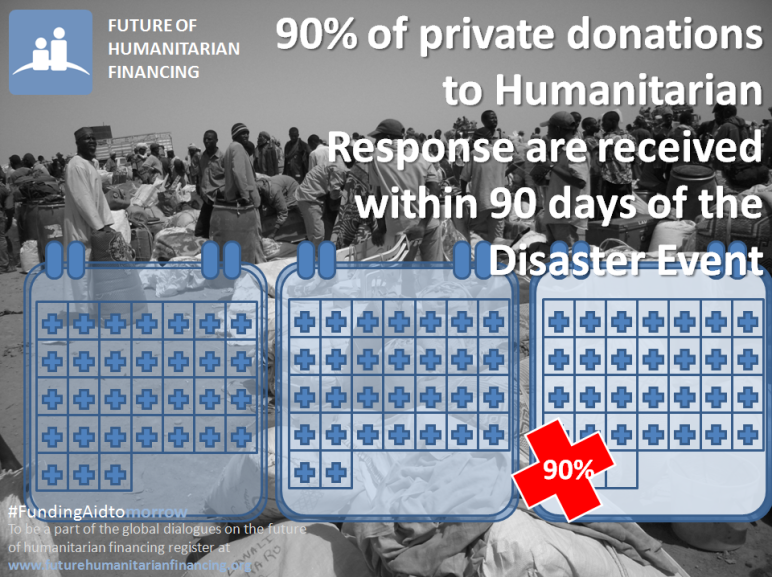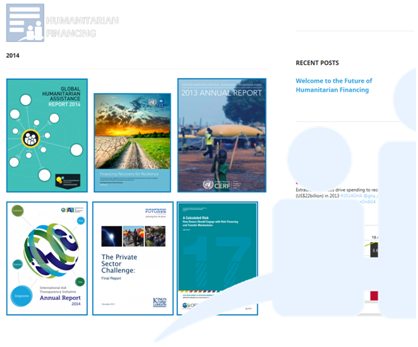Are there lessons that can be learnt from the response to the financial crisis, that could be applied to help fund aid tomorrow? Michael Metcalfe’s innovative idea to print money to increase overseas aid takes inspiration from the reaction of Central Bank’s to the financial Crisis, challenging the “sanctity of the money supply”. At the time, in order to reassure investors, Central Banks of the United States, United Kingdom and Japan created $3.7 trillion in order to buy assets and encourage investors to do the same.
Much like the UK Aid Match or corporate matching schemes, Metcalfe envisages a financial model mandating Central Banks to match government overseas aid spending up to a certain limit.
Last year, just under $3 billion was needed to close the gap between humanitarian needs and actual funds received. If “print-aid” had been in place over the last four years (2009-2013) in USA, UK and Japan it would have generated an extra $200 billion in overseas aid. A negligible amount when compared to the $3.7 trillion created in response to the financial crisis.
We took a $3.7 trillion gamble to save our financial systems. And you know – it paid off, there was no inflation. Are we really saying that its not worth the risk to print an extra 200 billion for aid, would the risks really be that different? To me its not that clear. What is clear is the impact on aid.
Metcalfe argues that “print-aid” could provide humanitarian and development initiatives with at least 40% more funding. The risks of this money creation is quite modest but the benefits are potentially huge. Is ensuring that adequate funding is available for overseas development and humanitarian assistance as simple as just printing money? Future of Humanitarian Financing is an initiative which will explore new models of financing humanitarian action and address questions such as ‘how can the humanitarian sector learn from innovation in the financial sphere’. To join in the dialogues press ‘Apply’ below and please visit our ‘About’ page for more information on the research and dialogue events.






